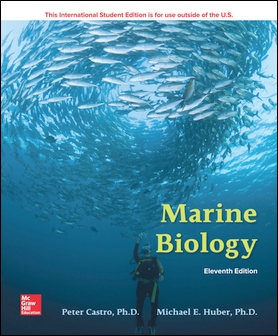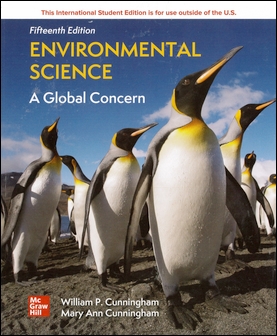書籍分類

(E-Book) Marine Biology 11/e
作者:Peter Castro, Michael E. Huber
原價:NT$ 1,000
ISBN:9781260289244
版次:11
年份:2019
出版商:McGraw-Hill
頁數/規格:電子書
版次:11
年份:2019
出版商:McGraw-Hill
頁數/規格:電子書
內容介紹 本書特色 作者介紹
- 電子書訂購前請先詳讀:
- 訂購付款完畢後,請填寫 電子書回報資料-官網訂單,資料若不全,將影響您後續派送權益
- 查看 電子書平台登錄與註冊說明
- 查看 電子書平台操作手冊
- 此訂單為電子書,非紙本課本,電子書兌換碼一旦派送,則無法辦理退貨。
- 若有任何問題請 Email 至 ebook@tunghua.com.tw
帳號訂購流程
Step 1 登入會員 非東華網站會員,請點選右上角『註冊』。
Step 2 點選 『加入購買』填寫相關資料,並確認訂單無誤後,即可送出訂單。
Step 3 審核訂單 訂購單會盡力於24小時內(遇周末假日順延)審核,確定有庫存,系統會發送『付款通知信』至指定信箱。
Step 4 付款 收到付款通知信後,請於七天內付款。
Step 5 電子書兌換碼 確認入帳後,約 1-3 個工作天派送電子書兌換碼,會發訊息至您的個人 email 信箱。







